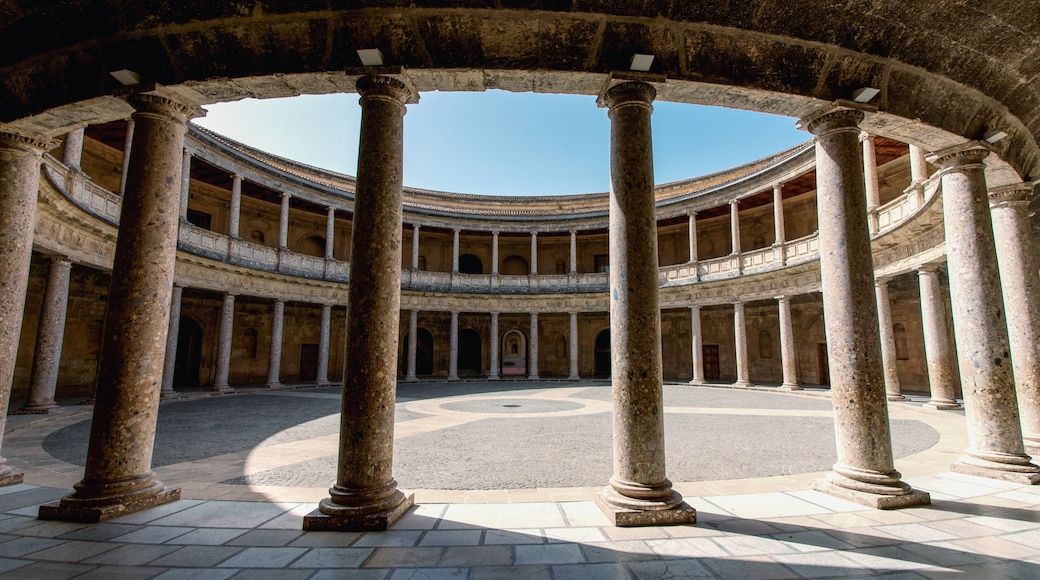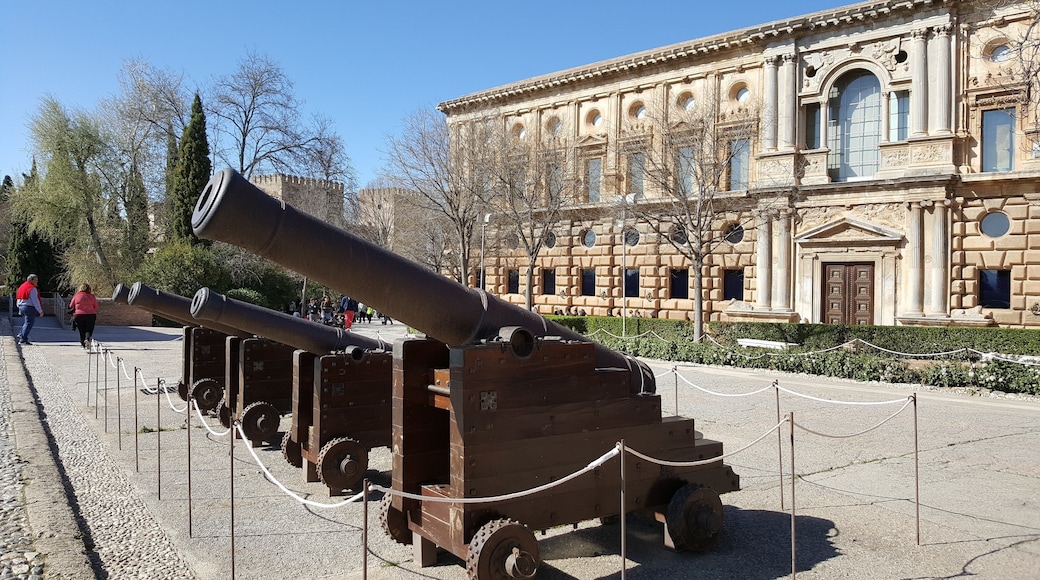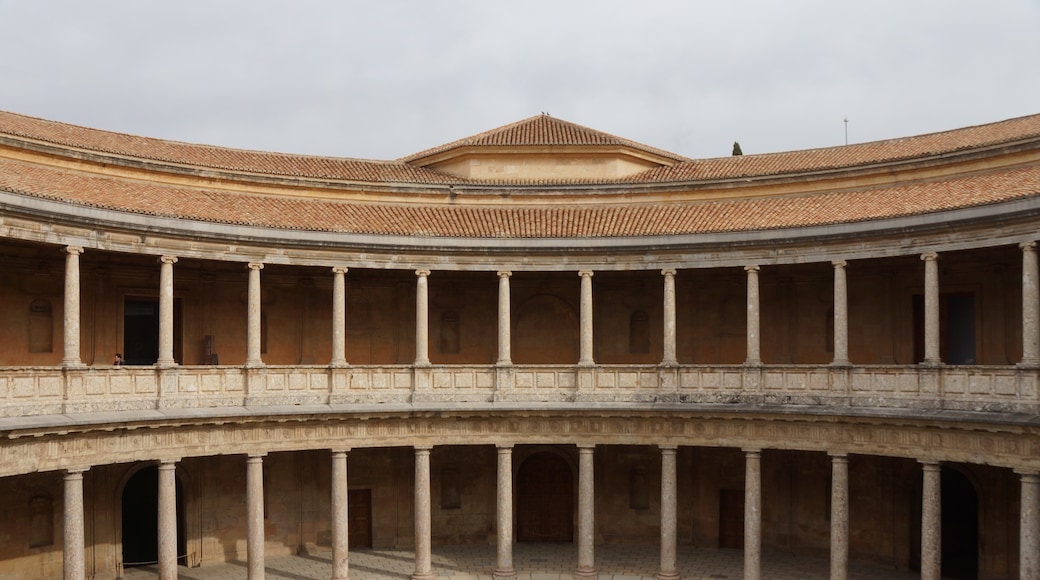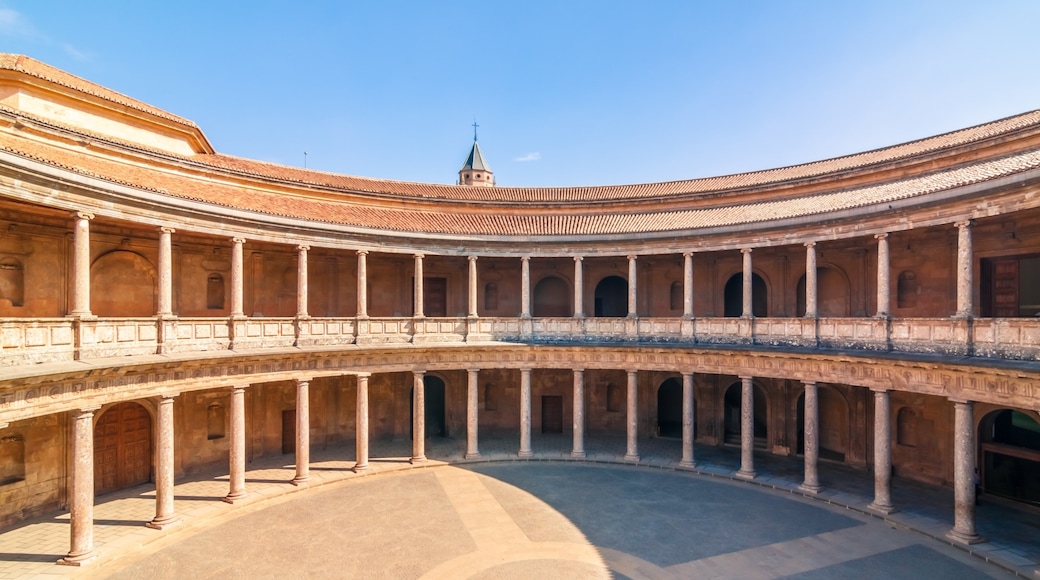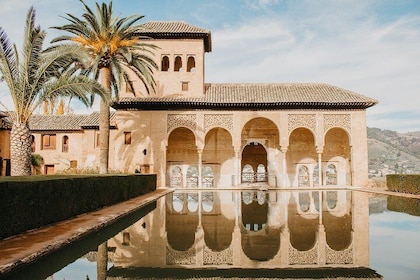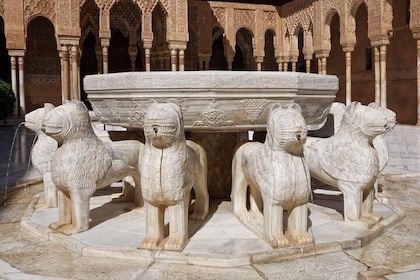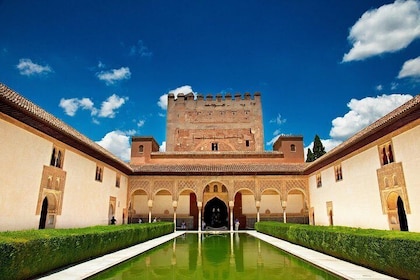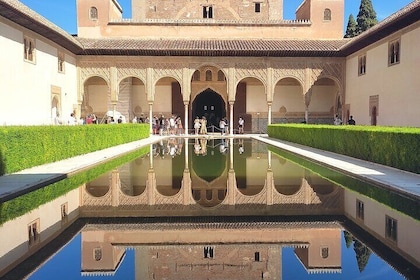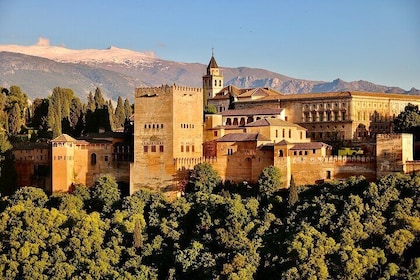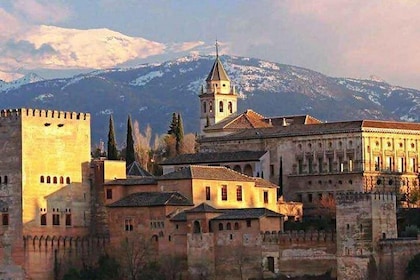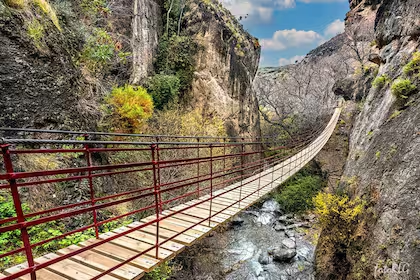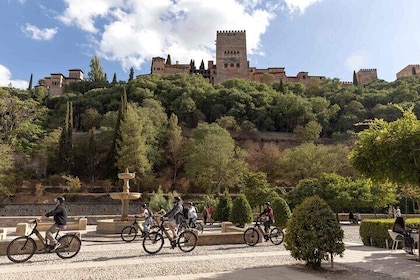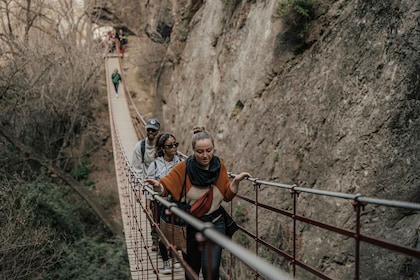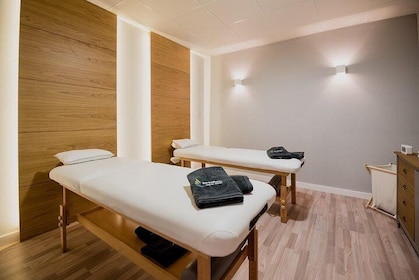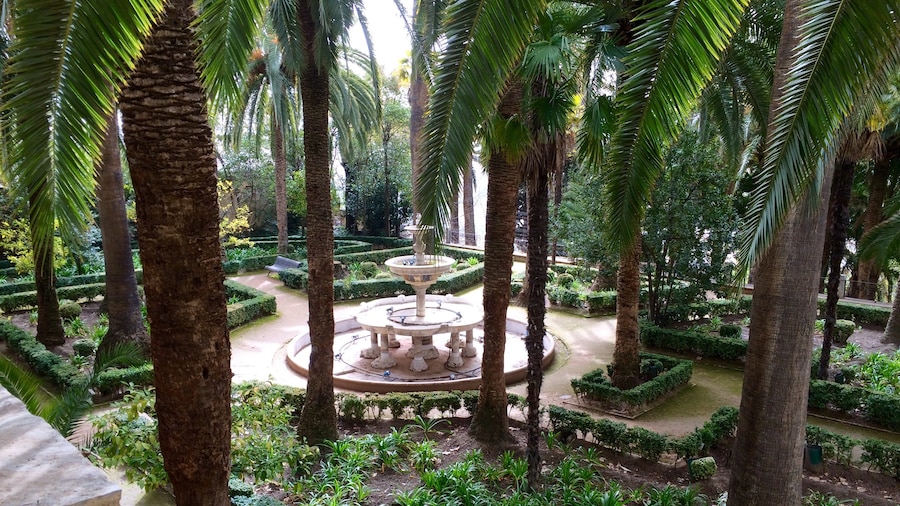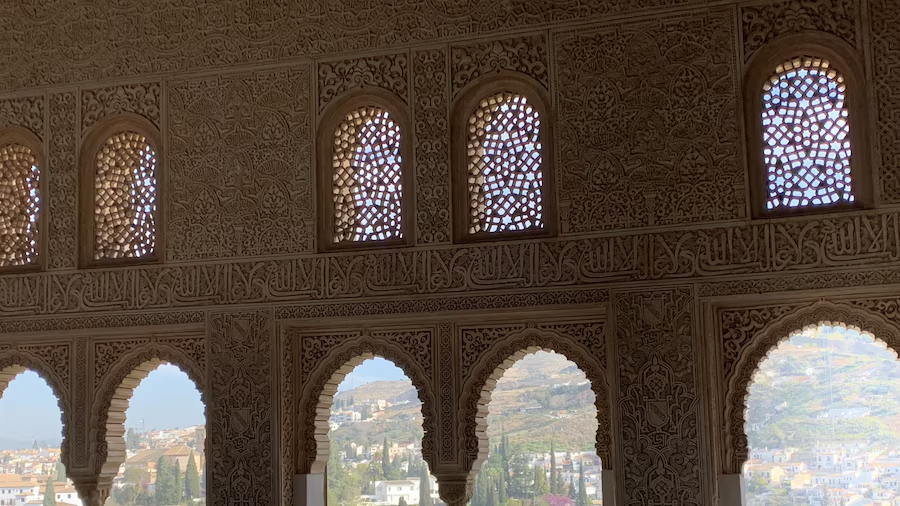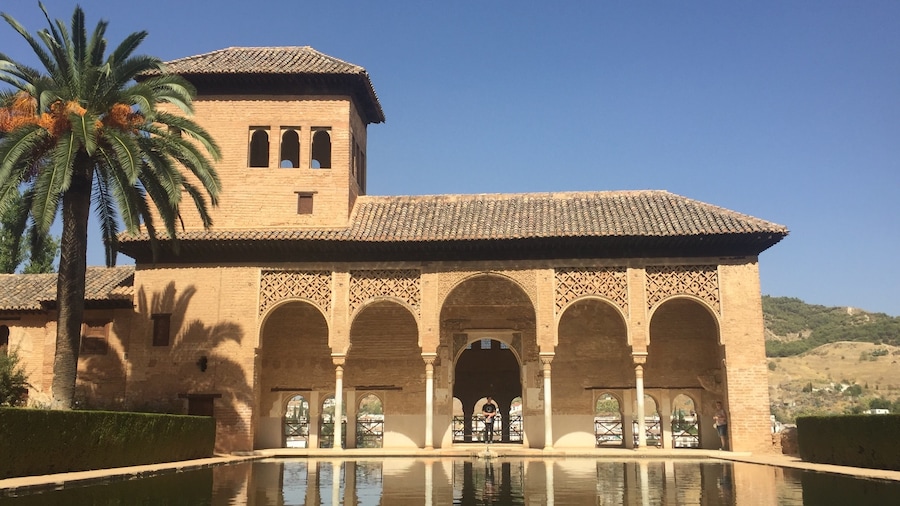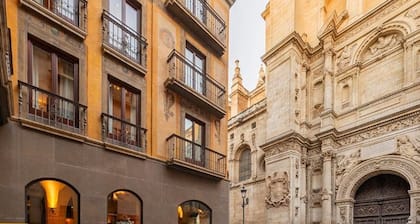The Alhambra was primarily constructed by the Muslim Nasrid dynasty, making the Renaissance-style Palacio de Carlos V (Palace of Carlos V) an unusual sight among the Moorish architecture. The grand palace proudly sits atop the Assabica hill with the rugged Sierra Nevada as its backdrop.
First admire the wider Alhambra complex, one of Spain’s most important destinations for those interested in history and architecture. While originally built over Roman foundations, the Alhambra flourished in Muslim hands during the Middle Ages, then fell into the hands of Christian royalty after the Reconquista of 1492.
Carlos V, the ruler of the Holy Roman Empire from 1519, began construction of a royal palace at the heart of this sprawling complex in 1527. Lack of funds, revolts and other disruptions delayed the build and neither the architect in charge, Pedro Machuca, nor Carlos V would live to see their vision completed. Pedro Machuca’s son Luis took over and had nearly finished it when work again ground to a halt in 1637, this time for nearly three centuries. It wasn’t until 1957 that the palace was finally completed.
Due to its prominent hilltop position and contrasting architectural style, the palace stands out. This masterpiece of Renaissance architecture is nothing like the Moorish designs that surround it.
Standing 56 feet (17 meters) tall, with a width of 207 feet (63 meters), the Palace of Carlos V is imposing as seen from up close as well. As you approach, notice the different styles of the building, with the upper and lower floors each having their own distinct designs.
Step through the decorated doorway to find out that all is not what it seems. When you reach the vast central courtyard, you’ll see that the palace’s squared exterior actually hides a perfectly round courtyard. The column-supported partial roofs curve seamlessly to form graceful Roman-style colonnades around the vast open space.
The Palace of Carlos V is open daily and included in your admission fee for the Alhambra complex. At the gate, ask for an audio guide in English to hear more about its history and architecture. The Alhambra can be reached on foot, by public transportation or by car from central Granada. There is a public car parking lot just outside the complex.

